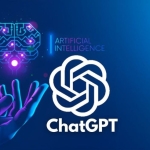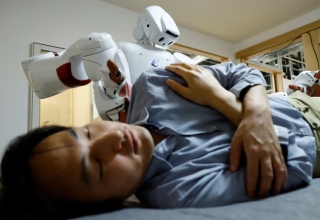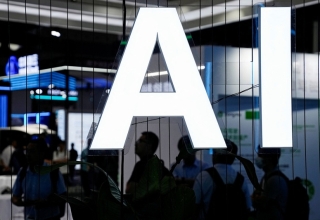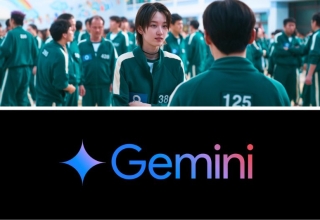
Recent performance of ChatGPT has sparked a passionate argument: did it really pass the Turing Test, the criterion for human-like intelligence in machines? The debate revolves around assertions of its powers and the unresolved issues about machine sentience.
Cracking the Code? Signs Indicating Human-Level Performance
Advocates of ChatGPT’s success point to a number of striking elements. First of all, they emphasize how naturally conversational it is. With its responses showing flexibility, wit, even humor, ChatGPT has apparently engaged in conversations unlike those with humans. This degree of dialogue points to a major development in conversational artificial intelligence. Studies also indicate that ChatGPT has outperformed human abilities in some cognitive activities, including theory of mind—that is, the capacity to comprehend the mental states of others. This cognitive ability suggests a somewhat advanced degree of intelligence. Furthermore, there are rumors of ChatGPT straying from pre-programmed responses, showing some degree of autonomous knowledge and insight. These variations from a script imply that ChatGPT participates in a kind of autonomous thinking rather than merely memorizing facts.
A More Complex View: Beyond Replication
Critics counter that ChatGPT’s performance could be a cunning illusion. ChatGPT excels at pattern detection and language manipulation, they note, but this does not always translate into actual knowledge or consciousness. Although remarkable, the AI’s responses could only show its capacity to identify and copy trends from the large datasets it was trained on, thereby lacking real understanding. Moreover, its performance is mostly based on the large volume of data it has been given, which limits its capacity to think outside the box or grasp really original ideas. Critics also argue the Turing Test itself might be out of current. Originally intended to evaluate a machine’s capacity for human conversation imitation, the test does not particularly evaluate consciousness or actual intelligence. This begs the issue of whether passing the Turing Test is sufficient evaluation of a machine’s capacity.
Keep Reading
The AI Future: Past the Test
The argument about ChatGPT’s performance emphasizes the fast developments in artificial intelligence. Although ChatGPT has clearly remarkable powers, the question yet remains: is ChatGPT really intelligent, or just a very sophisticated imitation? Developing models that are not only human-like but also explainable, thereby enabling us to grasp their mental processes, will help to define the direction of artificial intelligence. Ensuring transparency and dependability of AI systems depends on this emphasis on explainability. Moreover, the story of artificial intelligence should change from worries of a “machine takeover” to the possibility for cooperation. The real potential of artificial intelligence is in its capacity to enhance rather than replace human capacities by working with us to tackle difficult challenges.
Finish Line vs Stepping Stone: Not a Finish Line
By stretching human-computer interaction, ChatGPT’s performance signals a major turning point in the development of artificial intelligence. On machine sentience, meanwhile, it is probably not the definitive word. The emphasis should move from just passing tests to creating machines that really comprehend the environment and can cooperate well with people as artificial intelligence develops. This development will entail building artificial intelligence systems displaying real comprehension and reasoning in addition to being able to replicate human behavior. True machine sentience is a road along which humans and machines may coexist peacefully; every development acts as a stepping stone toward this future.

























